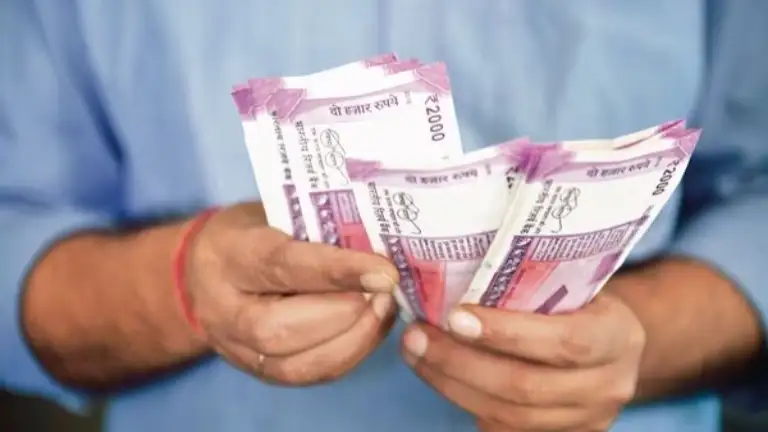Why Was the ₹2,000 Note Introduced and Why It’s Being Junked

In a surprising turn of events, the ₹2,000 note, once hailed as a symbol of financial progress, is now on its way to becoming a relic of the past. In this article, we delve into the intriguing journey of the ₹2,000 note, explaining both its introduction and its impending demise. 🏦💔
The Birth of the ₹2,000 Note
Cast your mind back to November 8, 2016, when India embarked on a historic mission to combat black money and counterfeit currency. On that fateful evening, Prime Minister Narendra Modi addressed the nation and announced the demonetization of ₹500 and ₹1,000 notes, rendering them invalid overnight. In their place, the ₹2,000 note emerged as part of a broader strategy to tackle corruption and illicit wealth. 💼🌟💰
This introduction served a dual purpose. Firstly, it aimed to provide a convenient alternative for citizens who were suddenly left cashless. Secondly, it was designed to deter hoarding of large sums of money in the form of high-denomination notes. The vibrant pink notes soon found their way into wallets and purses across the nation. 🌆👛
The Hype and Controversy
The ₹2,000 note generated quite a buzz. Its vivid color and advanced security features were meant to thwart counterfeiters. However, its high denomination also raised eyebrows, with concerns that it could potentially facilitate black money transactions once again. Critics argued that the very note introduced to curb corruption might inadvertently support it. 🤔💸🔒
Despite the debates, the ₹2,000 note did play a role in easing the immediate cash crunch post-demonetization. It was a lifeline for many who struggled to find alternatives. 🙌💳
The Decline and Demise
Fast forward to today, and the ₹2,000 note is facing its own moment of reckoning. The Reserve Bank of India (RBI) has taken steps to gradually phase out this high-denomination note. So, why the about-face? 🔄💵👋
One significant reason is the government’s push for a digital economy. The demonetization exercise encouraged digital transactions, and India has witnessed a significant increase in digital payments in the past few years. By removing the ₹2,000 note, the government aims to further promote cashless transactions. 💻💳📱
Additionally, concerns over the use of these notes in illegal activities have not abated. They have been reportedly linked to funding criminal activities and tax evasion. 🚫🕵️♂️💰
The Human Side of the ₹2,000 Note
While the economic implications of this move are significant, it’s also essential to recognize the human side of the story. For many, the ₹2,000 note was their lifeline during times of crisis. It helped families put food on the table and pay essential bills when other options were limited. 🍛🏠📅
As the note fades into history, there is a sense of nostalgia and uncertainty among those who relied on it. They now must adapt to a changing financial landscape. 🕰️🤷♂️💼
The journey of the ₹2,000 note is a tale of ambition, controversy, and transformation. Introduced with high hopes, it served its purpose in a time of need. Now, as India strives for a cashless future and aims to curb illicit activities, it’s time to bid adieu to the ₹2,000 note. Its legacy, for better or worse, will be remembered in the annals of Indian economic history. 🇮🇳📘👋





Leave a Reply